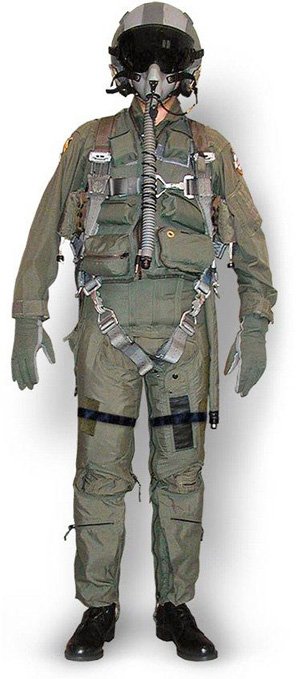http://www.uscg.mil/directives/cim/13000-13999/CIM_13520_1C.pdf
LPU-27/PE SURVIVAL VEST.
1. Configuration. The LPU-27/PE survival vest (Figure 2-12) is designed for constant wear in rotor wing aircraft and is used only by aircrew memberstrained in their use. When worn correctly the design is sufficient to keep an aircrew member in a head back, airway open position in a moderate sea-state whether conscious or unconscious. The weight of the LPU-27/PE is 12.5pounds including equipment and provides 65 pounds of buoyancy. The LPU-27/PE survival vest consists of the following three assemblies:
LPU-26/P SURVIVAL VEST.
1. Configuration. The LPU-26/P survival vest (Figure 2-9) is designed for constant wear, and is used by fixed wing aircrew members. It weighsapproximately 5 pounds, including equipment, and provides a minimum of 22 pounds of buoyancy. The LPU-26/P survival vest consists of the following subassemblies:


 However, we very seldom wear them, and we don’t wear them when we have other people with us as we do not have extra vests for them. Eliminated having to explain, “Why we have cool looking vests and they don’t?”
However, we very seldom wear them, and we don’t wear them when we have other people with us as we do not have extra vests for them. Eliminated having to explain, “Why we have cool looking vests and they don’t?” 